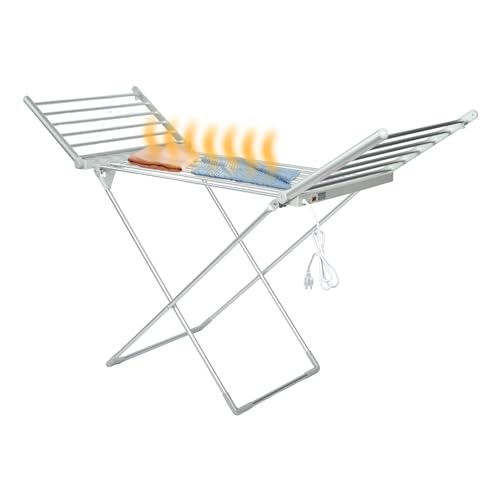Hitting This Button on Your Dryer Could Shave $$s Off Your Energy Bills This Winter
Effortlessly save between $30 and $50 a year
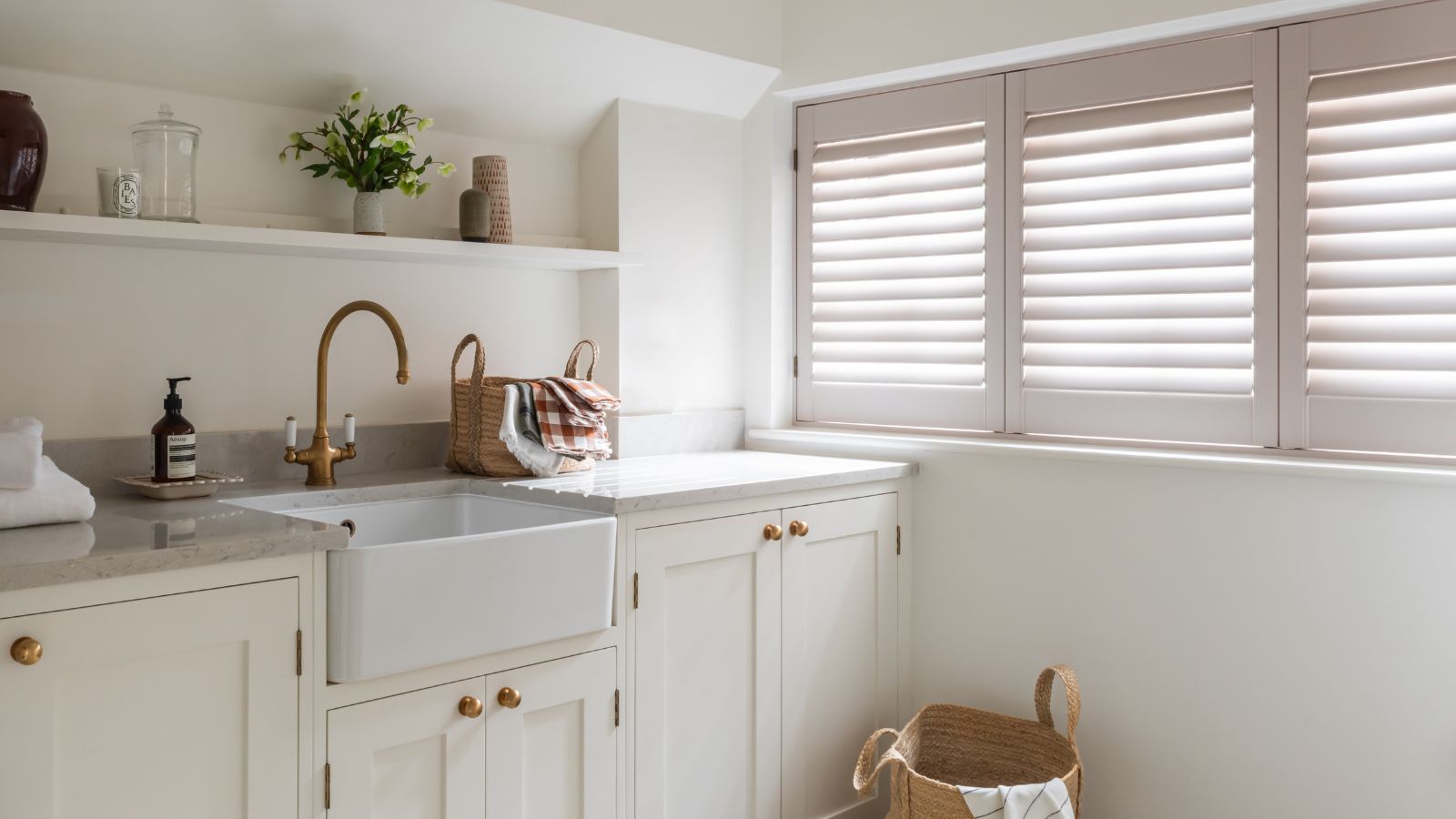

When air-drying laundry outside becomes impossible in fall and winter, regularly using the dryer can mean energy bills can quickly rack up.
But, according to energy experts, there's a little-known sensor button setting on your dryer that could shave around $50 annually off your energy bills, at the touch of a button.
Here, energy experts reveal everything you need to know about this way to save energy when doing laundry.
Hitting the Sensor Dry Button on Your Dryer Could Save You $50 per Year
When you want to dry clothes quickly, a tumble dryer is usually most people's port of call, particularly when striving to dry clothes indoors in winter. Unfortunately, however, this can send energy bills soaring, with tumble dryers being one of the most expensive household appliances to run.
In fact, says Josh Mitchell, energy and HVAC expert at AirConditionerLab, advises, 'A typical vented dryer uses around three to five kilowatt-hours per load. If you're doing five loads a week, that's 780 to 1,300 kWh per year. At an average electricity rate of 15 cents per kilowatt-hour, you're looking at around $115 to $195 annually to run a standard dryer.'
Luckily, though, energy experts at Grant Store say the 'sensor dry' feature hidden on many machines can save households money, while keeping clothes in better condition.
'Most modern tumble dryers have a 'sensor dry' function,' they advise. 'This automatically detects when your clothes are dry and switches the machine off. It prevents over-drying, which is a common issue that wastes energy and damages fabrics, and it can cut drying costs by up to 20 per cent.'
Design expertise in your inbox – from inspiring decorating ideas and beautiful celebrity homes to practical gardening advice and shopping round-ups.
According to Josh, this is especially helpful for washing mixed loads, which, when done properly, is a smart way to do less laundry, where thinner fabrics would otherwise keep tumbling long after they're dry.
'With sensor dry, you can often cut drying time by 20 to 30 percent, depending on the load type and how accurate the sensors are,' he continues. 'That usually saves around $30 to $50 per year, sometimes more if your machine runs hot, or if you do laundry more frequently than average.
'I’ve seen newer sensor-equipped models run full cycles in 35 to 45 minutes, compared to older models that default to 60 minutes or longer.'
While this might not seem like a huge amount, over the winter, it does add up. 'And, because the feature is built in, it is a saving that costs nothing extra to access,' add the experts at Grant Store.
Some tumble dryers may even activate sensor drying automatically, while others require you to select it manually on the dial. If you are unsure whether your model has the function, check the user manual, where you'll also find the tumble dryer temperature guide, or search the model details online.
Another benefit, adds Josh, is that the sensor dry function also reduces wear and tear on the heating elements, which can delay repair costs or replacement, prolonging how long your tumble dryer will last.
'Fewer heat cycles also mean less stress on internal thermostats, wiring, and bearings, which are common failure points in older dryers. Over time, that can add up to a few more years of reliable use before any repairs are needed.'
The experts at Grant Store also urge households to regularly clean dryers, paying particular attention to the lint filters, to keep machines working at peak efficiency, as a blocked filter makes the dryer work harder, and prolongs drying time. Therefore, cleaning it after each use can help to cut energy bills, and keep your appliance running safely by reducing one of the most common fire risks in your home.
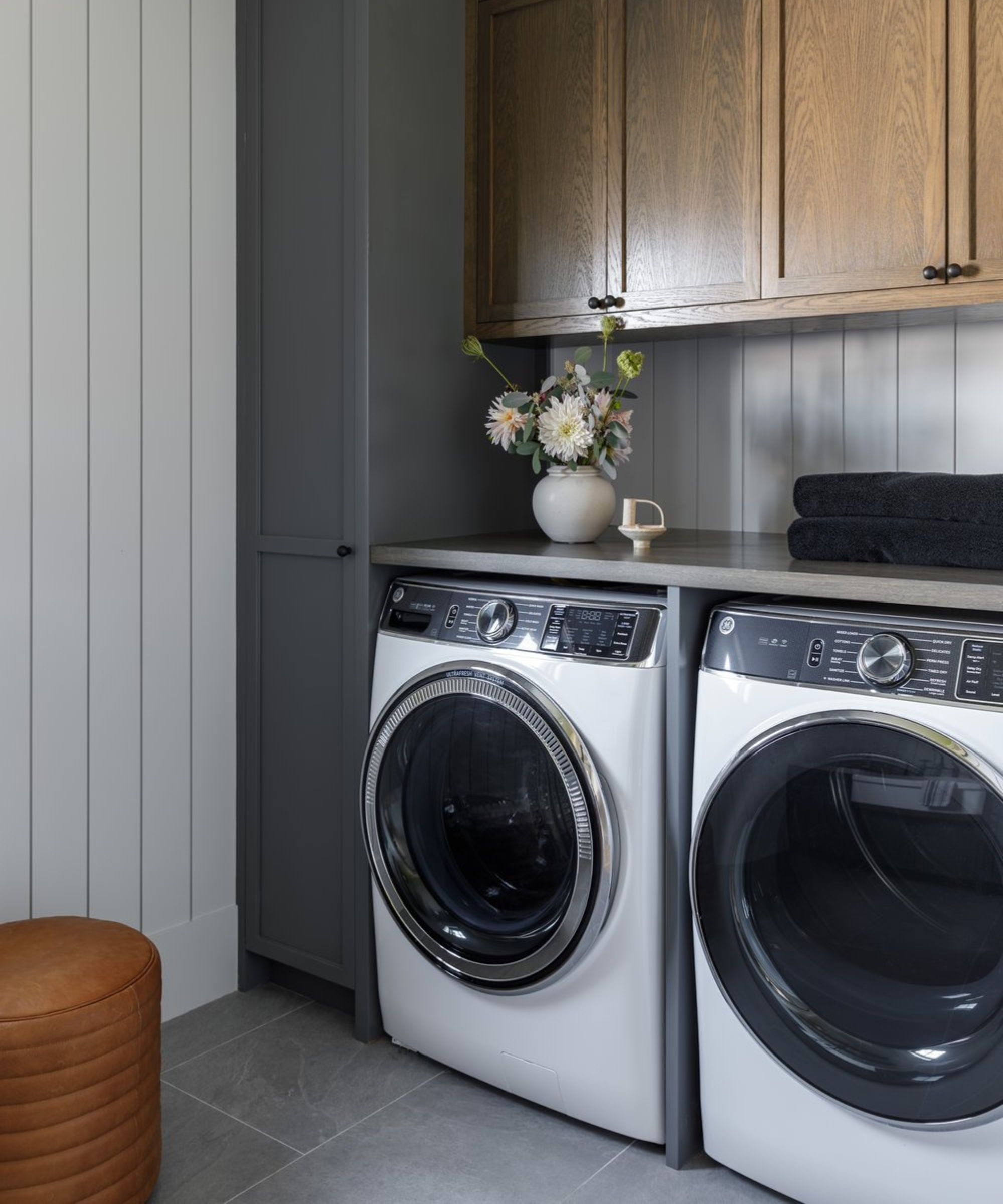
The sensor dry function could save you $30 to $50 annually.
For those wanting to cut costs further, they add, there are effective alternatives to using a dryer altogether, like using a heating clothes airer, such as the tonchean Heated Clothes Drying Rack available at Amazon, which costs just pennies an hour to run, especially when used with covers to trap heat.
Using your best dehumidifier will speed up indoor drying by pulling moisture from the air, helping to dry clothes faster while helping to prevent and get rid of mold and mildew.
Importantly, drying clothes on radiators is one of the most expensive ways to dry clothes, the experts warn, as it forces your central heating to work harder. 'Heated airers or dehumidifiers are far more efficient and kinder to your home,' they say.
What to Shop
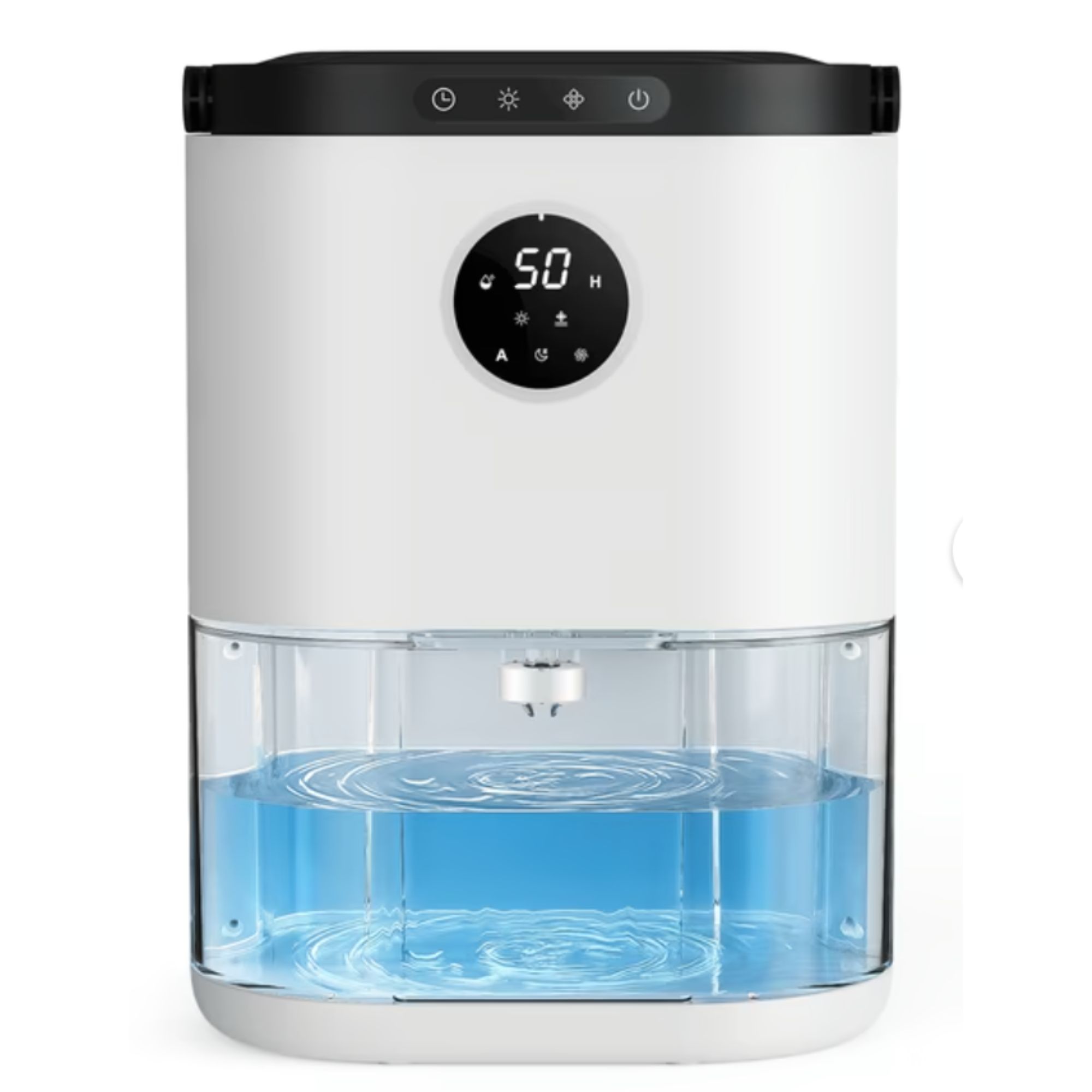
This double power dehumidifier is ultra-quiet, energy efficient, and capable of extracting up to 27 oz, or 800 ml, of water per day.
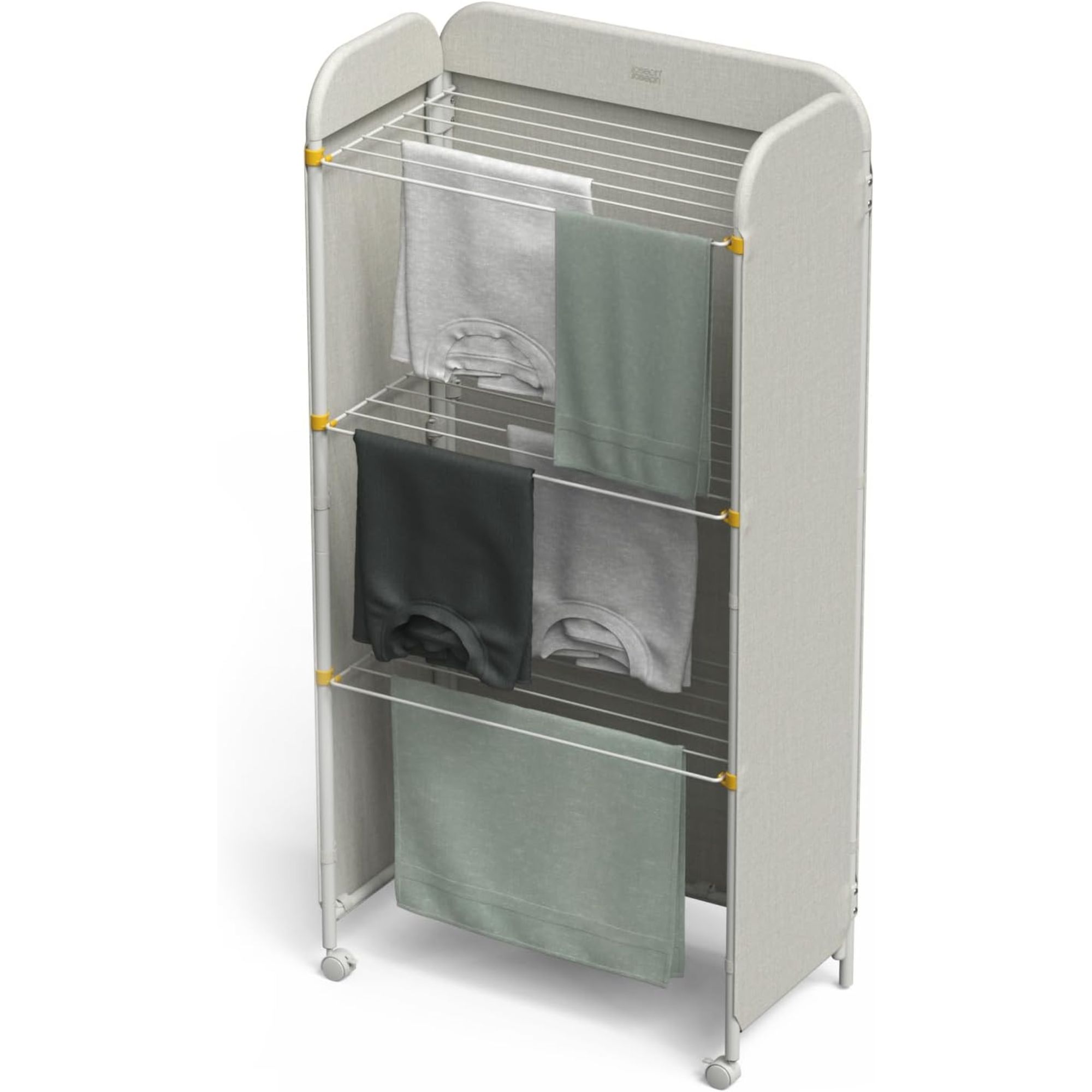
For air-drying laundry inside, this Joseph Joseph Eclipse indoor clothes airer is perfect for tiny spaces, and keeps hanging clothes discreetly hidden.
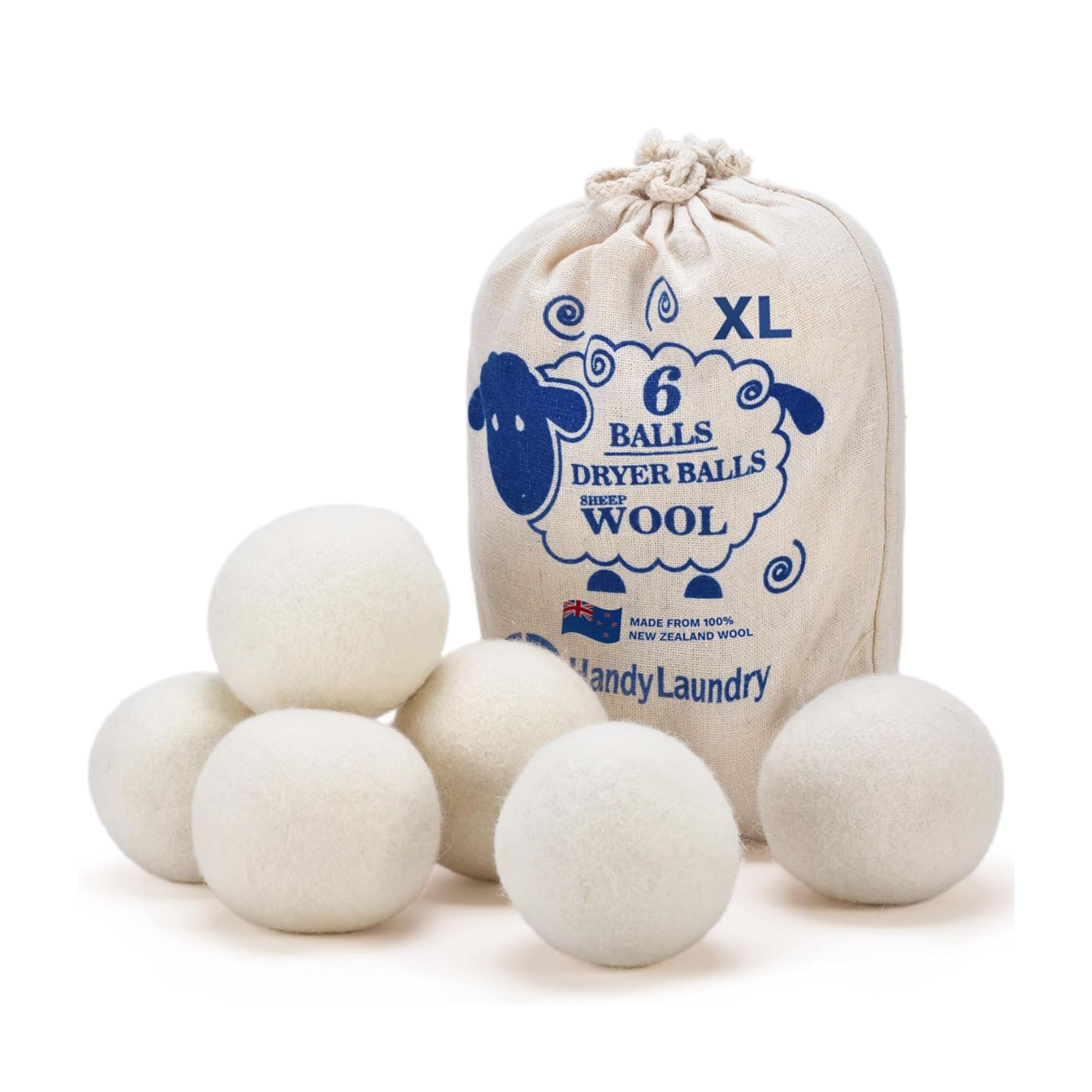
These dryer balls are made from 100% New Zealand Wool, and can be reused again and again to reduce wrinkles and speed up drying times.
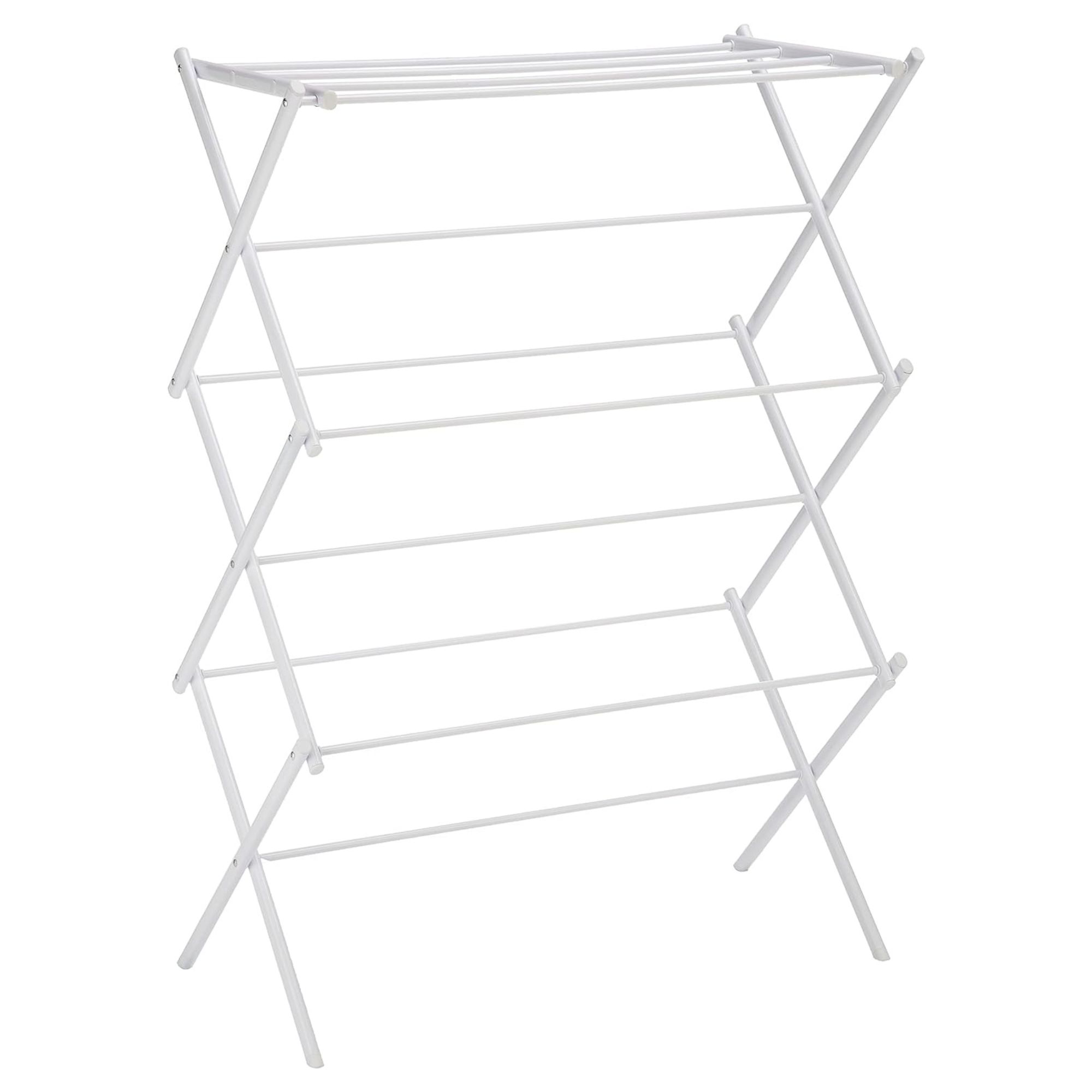
This clothes rack is available in two colors and is constructed of durable, lightweight steel that protects against rust and mildew.
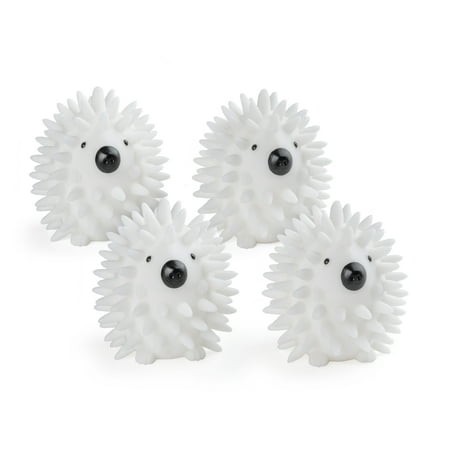
These plastic dryer balls help to reduce static and work by lifting and separating your laundry as they tumble, allowing hot air to circulate more efficiently.
Meet the Expert

Josh founded AirConditionerLab in 2014, and has since built the team and website over the last decade, bringing readers quality content that covers all aspects of home heating, cooling, and air quality.
'The sensor dry button is a small change that makes a big difference,' say the experts at Grant Store. 'It saves money, saves energy, and extends the life of your clothes. In the current climate, those savings matter more than ever.'
You can also dry clothes quickly without a dryer by using a bed sheet over your drying rack to trap the warm air.

Ottilie joined Homes & Gardens last year, after finishing a Master's in Magazine Journalism at City, University of London. With previous contributions in Livingetc and Motorsport Magazine, she produces content for the Solved section on the website, focusing on clever tips and tricks to keep your home beautiful, organized, and clean, with particular expertise on all things home fragrance. She also has a Master's degree in English Literature and History of Art from the University of Edinburgh, where she developed a love for inspiring interiors and architecture.
You must confirm your public display name before commenting
Please logout and then login again, you will then be prompted to enter your display name.
